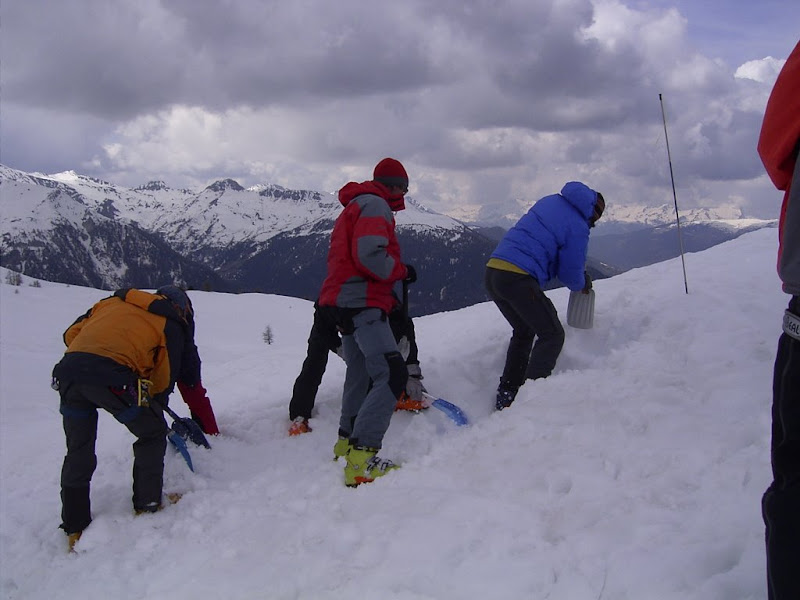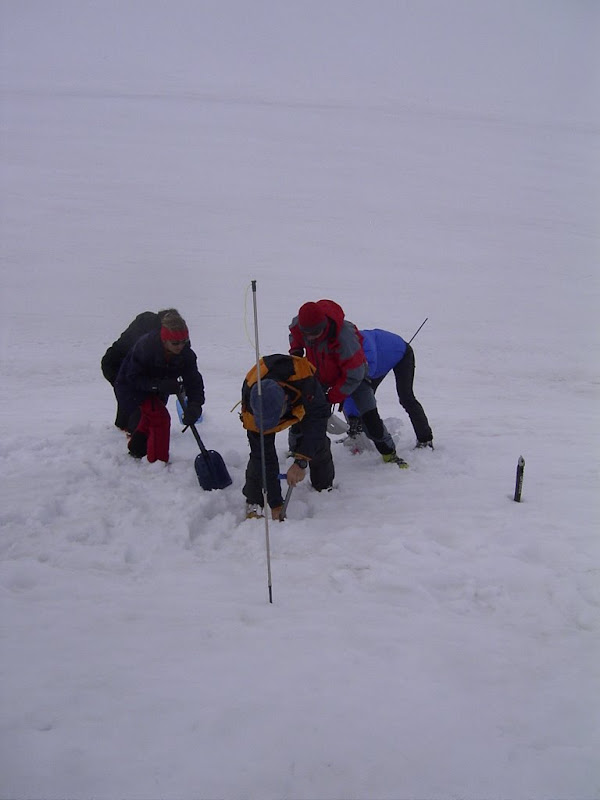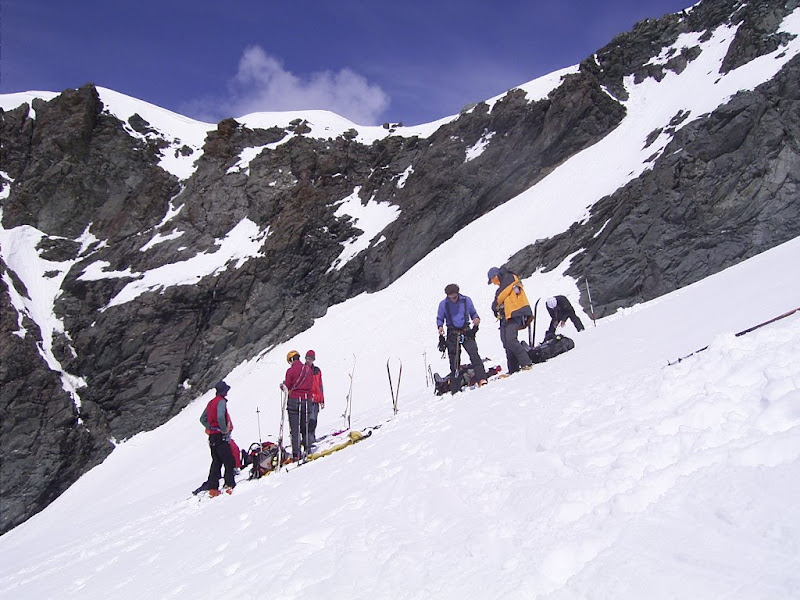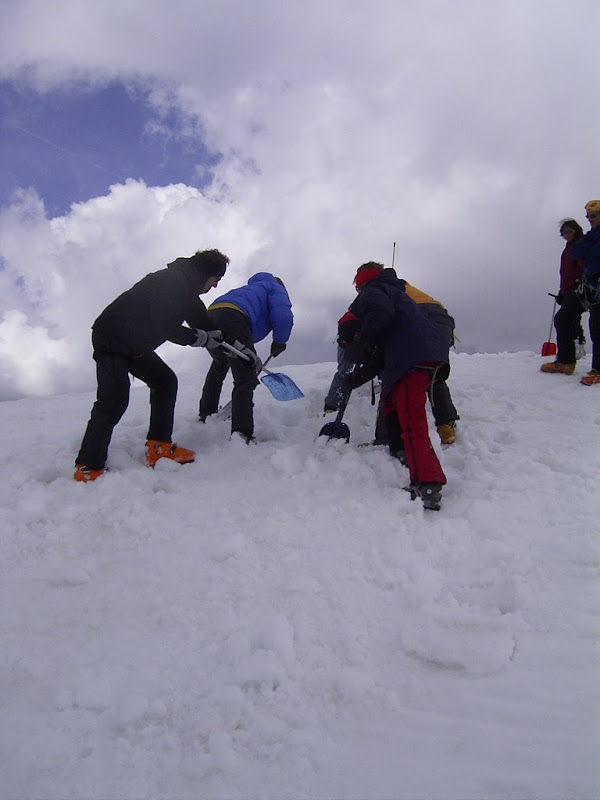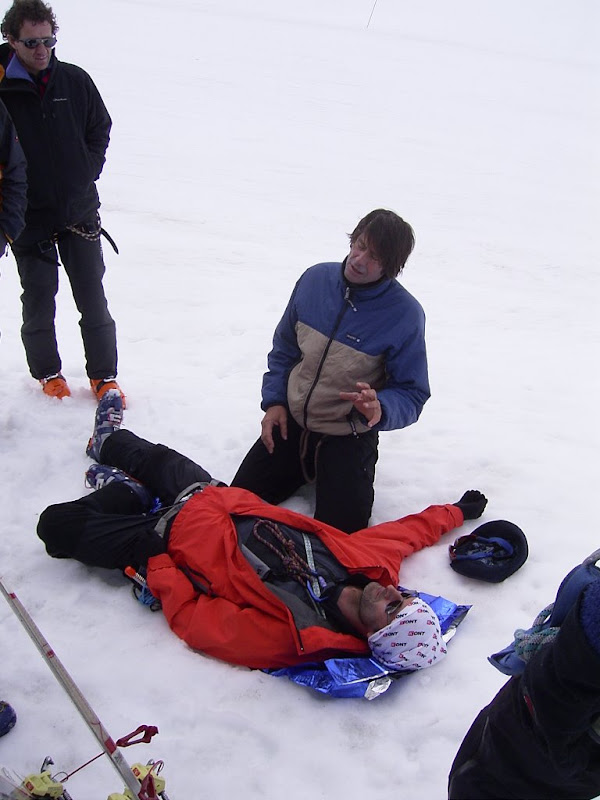I’ve just come back from the 2nd part of my FFME (federation francaise de la montagne et de l escalade - part of the French Sports and Youth Ministry) ski guide leaders course (with a bad back due to the heavy rucksack and all the gear we were carrying). I thought I’d share some fairly unscientific results from our avalanche rescue exercises. This is really an important part of the course. Everyone attending the 5 day training and assessment has already completed a 1 day introduction and a 2 day training and formal assessment on avalanche avoidance and rescue but it is still an area which causes a lot of issues. In addition there is 6 days training for rope work / crevasse rescue and orientation bringing the total formal training to 14 days.
On the first part of the current module we had to locate two beacons buried less than 1 meter in a 30x30m zone in less than 5 minutes. I had my old X1 supplied by Facewest (http://www.facewest.co.uk) about 6 years ago. Not really state of the art then, or now. It has a long range but the processor is fairly slow and it is sensitive to interference. I found the first beacon (to probe touch) fairly quickly then used the 3 Circles method to try and locate the 2nd beacon.
If you are not familiar with the 3 circles method it is fairly simple. A digital beacon will lock onto the strongest signal in range. In digital mode (the X1 is bi-mode) the range is 10 to 30 meters depending on burial depth (the X1 switches to analog mode beyond 10 meters). So having found the first beacon and assuming the 2nd beacon is close to the first you move 3 meters away and walk a circle around the first victim to see if you lock on to a different signal (either outside or inside the circle) If you still have the first victim in range walk a further 3 meters (6 meters) then another 3 meters, by now you should have found the second beacon. It is a bomber method, the only problem is walking a circle on a 30 degree slope in avalanche debris is not that easy.
The X1 though is a picky beast. I found the 2nd signal pretty quickly but doing a fine cross search it would lock onto the first beacon for a period of 3 to 5 seconds meaning I had to stop. This lost a lot of time and I finally found the 2nd victim after 11 minutes. Not too bad but the X1’s flakey software and advancing years persuaded me to consider an upgrade so I asked Facewest to send me a Mammut Pulse and set about learning this beacon. Someone else had a Pulse on the course but had failed to locate one of the beacons due to poor technique and I will come back to this.

